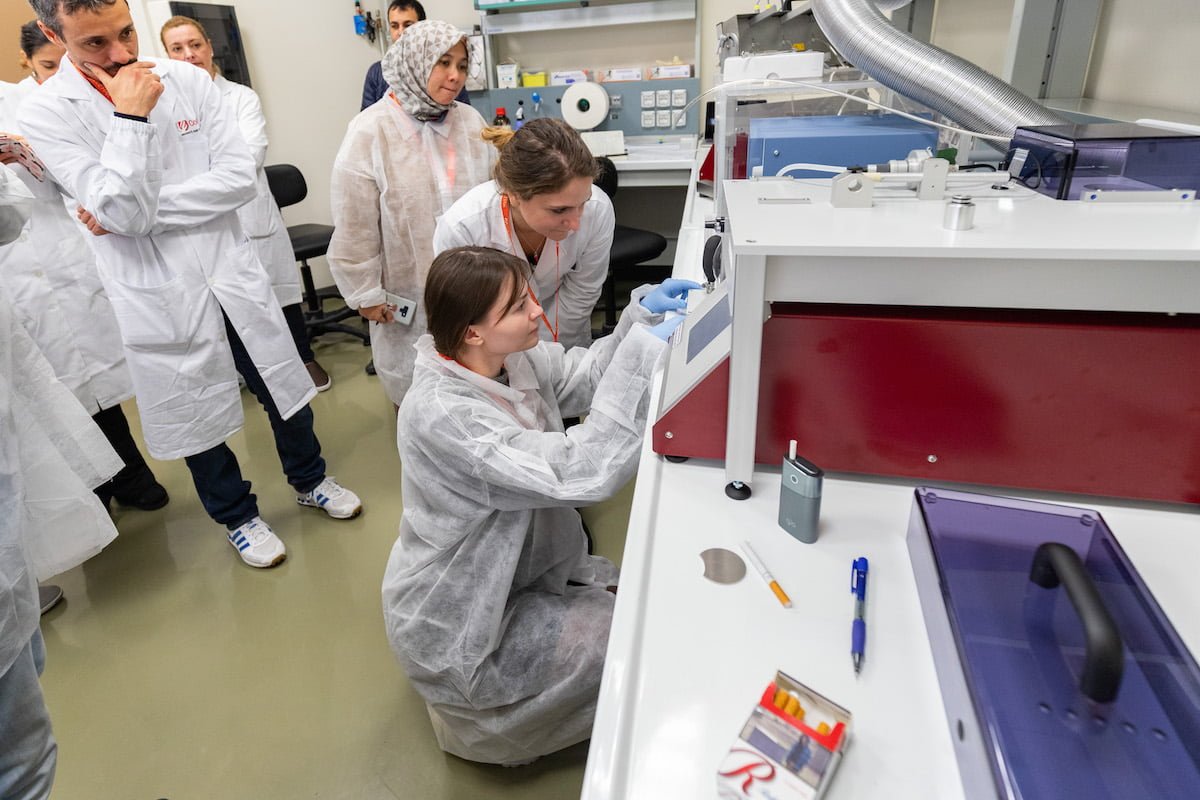An independent review by the Replica project team examines the impact of tobacco smoke and electronic nicotine delivery systems use on oxidative stress, the precursor of the so-called tobacco related diseases (respiratory and cardiovascular diseases, tumors). To date, the scientific evidence available constitutes a puzzle of information, which, despite experimental and procedural limitations of international studies , already shows a reduced impact of ENDS on oxidative stress compared to cigarette smoking, even if some research have concluded that they do not completely eliminate it, leaving the question still pending
The homeostasis of oxidation–reduction reactions is fundamental in biological processes: endogenous or exogenous factors can compromise metabolic steady state, a deviation that leads to a condition of oxidative stress. A major exogenous source is tobacco smoking.
Oxidative damage can be induced in cells by chemical species contained in smoke through the generation of pro-inflammatory compounds, resulting in a pathological condition.
Electronic cigarettes and heated tobacco products have been proposed as a harm reduction strategy, but what is their impact in terms of oxidative stress in different pathologies when compared to tobacco smoke?
Evaluating the safety profile of electronic cigarettes allows researchers to broaden the scientific basis in support of the choices of millions of smokers and vapers around the world and contribute to a greater understanding of the mechanisms of inflammation. Researchers of the Replica project, a project by CoEHAR, conducted an independent and comprehensive review of the literature, comparing the impact of tobacco smoke and low risk products on oxidative stress in different pathologies.
According to the review “The Impact of Tobacco Cigarettes, Vaping Products and Tobacco Heating Products on Oxidative”, the safety profile of electronic cigarettes and heated tobacco products seems to be higher than that of tobacco cigarettes. Despite the relevance of the findings reported in this literature review, some results are of concern regarding experimental and procedural limitations.
Moreover, studies on the safety of the chemical flavorings when vaped are still needed to clarify this important aspect.
The use of a variety in vitro and in vivo models and the non-standardized puffing regimes are important issues for the evaluation of low risk products effects, and it is crucial to determine whether and how exposure conditions can be transposed to real-world situations.
THE REVIEW
Oxidative stress is involved in the pathogenesis of several respiratory diseases, including chronic obstructive pulmonary disease (COPD) and its comorbidities, such as asthma, cystic fibrosis and idiopatic pulmonary fibrosis.
Although the deleterious effects of cigarette smoke are well established, a debate about the potential effect of low risk products on oxidative stress is still ongoing. Over the past few years, several in vitro and in vivo studies have been published with different conclusions and sometimes in stark contrast to each other, assign that experimental limitations can lead to different results that confuse consumers and regulators.
Oxidative stress and inflammation derived from cigarette smoke have a prevalent role in vascular damage and endothelial dysfunction. A clear relationship was proven between smoking exposure and cardiovascular diseases, including atherosclerosis and hypertension, coronary artery disease and heart failure.
Actually, there are limited and conflicting data in the literature about the potential effects of electornic cigarette and heated tobacco products on oxidative stress related to cardiovascular risks.
Despite the relevance of the findings reported in this literature review, some results are of concern regarding experimental and procedural limitations, such as the exposure methods of in vitro studies. Moreover, studies on the safety of the chemical flavorings when vaped are still needed.
Some of these chemical flavorings appear to have distinctly antioxidant properties, while others may have dangerous pro-oxidant function. Future studies should focus on flavorings under different conditions of use.
To date, the scientific evidence available constitutes a puzzle of information, which, despite the various limitations discussed, already shows a reduced impact of electronic nicotine delivery systems on oxidative stress compared to cigarette smoking, even if they do not completely eliminate it.


